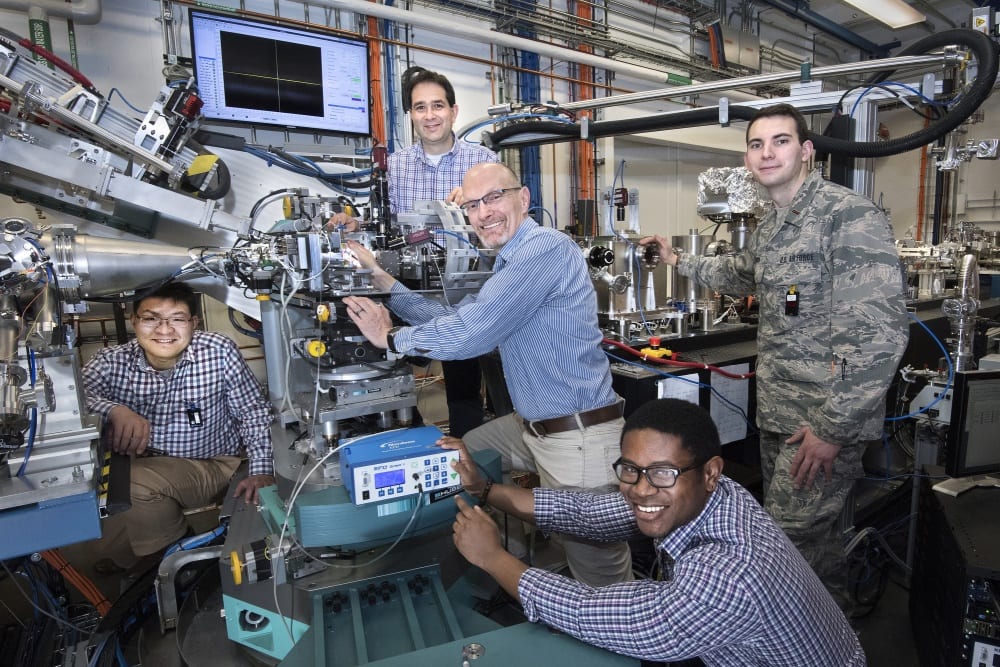The Polymer Matrix Composites Materials and Processing research team used beamline… read more In January 2016, researchers from AFRL started focusing on the ability to 3D-print parts for the Air Force, specifically polymer architectures that can replace heavier and complex metal parts currently used in low cost aircraft or on jet engines.
The standard, conventional parts for Air Force applications used today are mostly made by hand layup using a mold and continuous carbon fiber fabrics. This process is very labor intensive, time consuming, and expensive. With the molds being prepared and assembled by hand, there is a chance of defects in the structures being produced. AFRL’s Polymer Matrix Composites Materials and Processing research team has been working toward 3D printing complex parts that will be lighter and less expensive for the Air Force.
The team has added 100-300 microns long chopped fibers into […]
Case Study: How PepsiCo achieved 96% cost savings on tooling with 3D Printing Technology
Above: PepsiCo food, snack, and beverage product line-up/Source: PepsiCo PepsiCo turned to tooling with 3D printing...




0 Comments